Lately I’ve been asking fellow artists about their approaches to drawing. Having posted a tutorial about my own drawing method, I’ve become curious about what works for other artists.
Marie McCann-Barab is a Westchester, NY, artist. She has a gorgeous and unique style that often places human beings in an eerie state of tension within the natural world. Marie attended art school at Parsons School of Design in New York City, and has also taught art for many years.
Marie recently described to me three drawing techniques taught by different professors she studied with at Parsons. Her description of each technique was so distinct and interesting that I thought I’d present them all here, along with some of her drawings illustrating each.
Skeletal technique
Marie wrote to me:
“In one class I had to copy drawings of the skeletal-muscular system as homework for a semester. It gave me a good basic understanding of how the body works. The instructor would very specifically hire models of dramatically varied body types. More than once we had a model who could be described as “skin and bones.” We could so clearly see her skeletal structure that it was like the anatomy drawings had come to life. Having that knowledge is incredibly helpful when drawing from the model, but even more so when drawing from imagination.”
The live model’s position is similar to, but not exactly the skeleton’s (e. g. the skeleton’s back arm is less visible than the model’s because its upper body is more turned away than the model’s). What amazes me in these drawings is the complexity and detail of Marie’s work, in particular of the pelvic bones, the various joints, the crossing of the two forearm bones, and so on. I know from my own work how convoluted and difficult the pelvis in particular is to visualize.
Costume contour technique
Marie wrote:
“Another teacher taught us to understand proportion and gesture by drawing the contour of a costumed model with brush and ink. No details, only the edge between the form and the space around it. If the model was wearing an 18th-Century costume, the overall shape had little to do with the actual figure. Hoop skirts and powdered wigs made it very challenging. This process really required right-brain thinking. However, understanding how the body counterbalances weight in any given pose helps an artist express the gesture when the architecture of the body isn’t seen. So the knowledge from the first class helped a lot here.”
The following are not simple contour drawings from this class; unfortunately Marie has lost them. “I don’t have examples of the pure contour drawings in India Ink,” she wrote. The costume drawings below are “the long poses at the end of class. We would start them in India ink and would also use gouache or watercolor. But you can see how the costume really obscured the figure.”
Perpendicular line technique
“A third instructor,” wrote Marie, taught a method which helped students understand the “architecture” of the human body. Beginning with the point of the body closest to them, students had to
“draw the figure as if it were covered in a network of perpendicular lines… that described the expansion and contraction of limbs. The process demanded that we look very carefully at the forms. The resulting image became very architectural and really emphasized the perspective of the body in foreshortening. I didn’t enjoy drawing this way, but it was a great exercise in seeing.”
Marie wrote descriptions of this process:
“I start with the part of the form that is closest to me: a tip of a finger. Then I begin drawing backwards, defining those planes again: the top surface of the digit, the ridge of the knuckle, the side of the finger, the widening of the next portion. When the finger reaches the hand, I’m more aware of the depth and dimension of the hand than if had just approached this with a contour line.”
I find it extraordinary to imagine that this drawing, so accurate a portrayal especially of the finger positioning, was created by drawing “backward” from the tip of the finger closest to the artist. Marie wrote that she did the same thing in drawing the head: first she drew the small almost-rectangle at the tip of the nose. Then she worked “backward” in space from that point, just as she did with the hand.
Yin and/or Yang?
Marie added a little addendum about an exercise:
Another approach is to draw with the non-dominant hand. …This exercise is particularly beneficial to anyone who has developed facility and consequently has stopped REALLY looking at their subject. Our dominant hand seems to develop its calligraphy for expressing familiar forms. But when we use the non-dominant hand, we have to look more carefully, and communicate with that hand that holds the drawing instrument.
It’s not only artists who’ve been drawing a long time who have trouble allowing themselves to really see. Beginners who want to learn to draw also struggle with this. Allowing the mind to cross over into right-brain mode is very difficult for most people learning to draw, and yet it’s basic to drawing well. Betty Edwards Drawing on the Right Side of the Brain famously takes beginners through a series of exercises that help allow their right brains to take over while drawing.
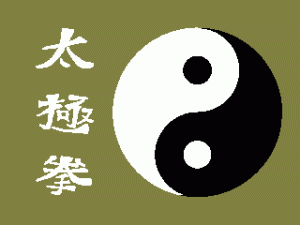
Yin Yang symbol
We might think of this in terms of using yin (right-brain) techniques to draw yang (what is there in reality).
When I first read Marie’s description of her professor’s perpendicular lines technique, it seemed very analytic to me, meaning left-brained. But when she described her step-by-step process of drawing for her head and hands (above), it sounded mesmerizing and dreamy. Very yin, actually. I could suddenly see how this technique might help the brain cross over into right-brain territory.
As for the skeleton technique Marie described, this still seems to me to be the antithesis of what would help the right brain step forward. What I found really interesting, though, was the comment Marie made at the very end of her description: that knowledge of the skeletal-muscular system “is incredibly helpful when drawing from the model, but even more so when drawing from imagination.”
The tension between drawing from what’s “out there” (yang) vs what’s inside the artist’s imagination (yin) interests me a great deal, so Marie’s statement really caught my attention. It’s challenging enough to learn how to draw what’s in front of us in reality. Even more challenging is learning how to paint a world that exists only inside the artist’s head, in a way that gives it a feeling of reality.
So – if this doesn’t sound too convoluted – it seemed to me that Marie was saying that her yang knowledge of the skeleton is crucial when she’s creating yin worlds of her imagination.
Well, if this yin-yang paradigm makes any sense at all, Marie’s painting entitled Balance is a wonderful illustration of it. In Balance, we have Marie’s unique world of a human girl in uneasy tension in a natural setting. But this is a natural setting of Marie’s imagination, in which the entire world rests on the tidal edge of a beach, the girl balanced on it.
How did Marie make the imaginary natural world of Balance feel real? The girl’s position atop the globe is for the most part fairly uncomplicated. What makes her precarious balance clear, though, is her left hand (on the right side as we face the painting). It’s the hand of a person who has just been startled by being thrown slightly off-balance. From what Marie wrote about using her knowledge of the skeletal system to draw from her imagination, I would guess she used it to draw that hand.
In short, it’s intriguing that yang knowledge is needed to portray the yin of the imagination, while the yin of the right brain is needed to draw reality (yang). Food for thought for the future….




















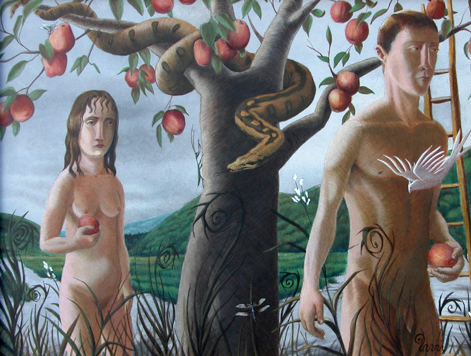
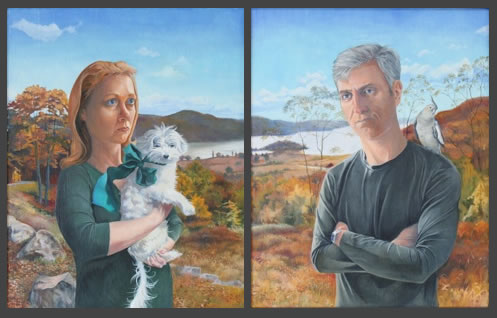

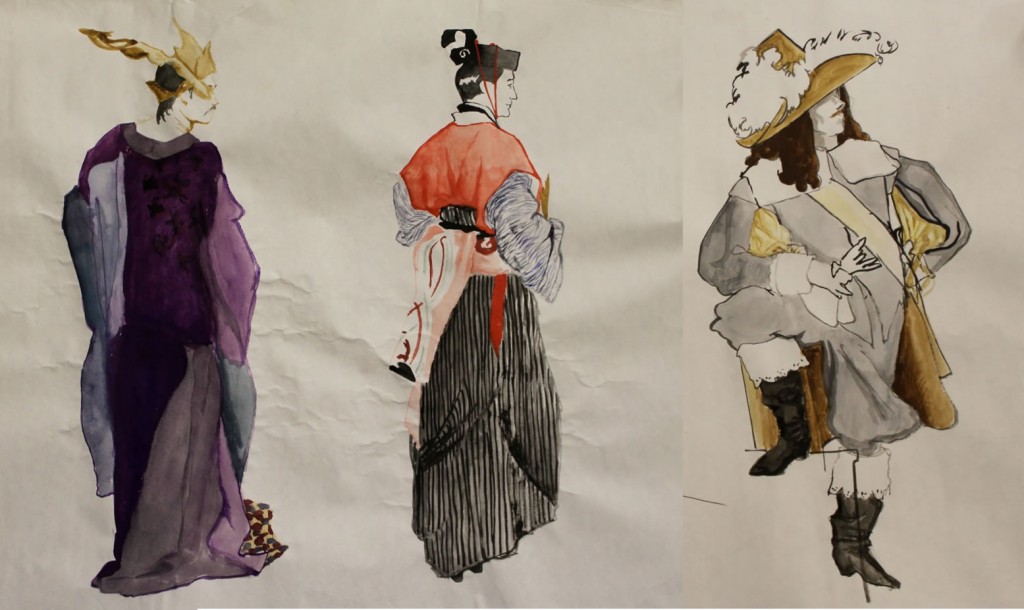

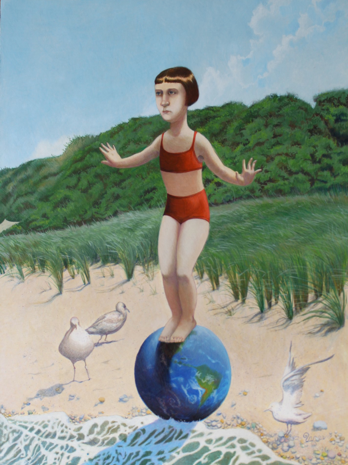

C Assessment of ERT2 Cre mPML PRflox donor bone marrow cells cialis online purchase Surgery is performed through an upper abdominal mid line incision of 5 cm length
buy anastrozole 1 mg generic arimidex buy online viagra 50mg without prescription
I blog frequently and I really thank you for your information. This great article has really peaked my interest. I will bookmark your blog and keep checking for new information about once per week. I subscribed to your Feed too.
Hey! This post couldn’t be written any better! Reading this post reminds me of my previous room mate! He always kept chatting about this. I will forward this post to him. Pretty sure he will have a good read. Many thanks for sharing!
Hey! I know this is somewhat off topic but I was wondering if you knew where I could find a captcha plugin for my commentform? I’m using the same blog platform as yours and I’m having problems finding one?Thanks a lot!
An interesting dialogue is worth comment. I think that it is best to write extra on this subject, it may not be a taboo subject however usually individuals are not sufficient to talk on such topics. To the next. Cheers
Remarkable! Its truly remarkable piece of writing, I have got much clear idea about from this post.